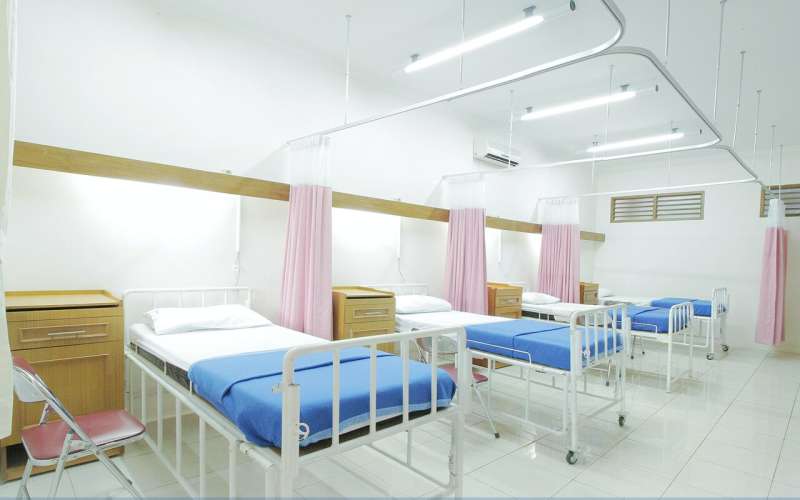Study determines most effective ways for hospitals to reduce medication errors


A new study from researchers from Brigham and Women’s Hospital, a founding member of the Mass General Brigham healthcare system, has shed new light on the best strategies hospitals can use for medication reconciliation, the critical and difficult task of updating and verifying a patient’s medication lists and orders, regardless of where they are in the health care system.
The study, published in BMJ Quality & Safety, is a new analysis of data from the second Multi-center Medication Reconciliation Quality Improvement Study (MARQUIS2).
“We found that taking a ‘best possible’ medication history while the patient is still in the emergency department is much more effective than taking it later when the patient has already been admitted to the hospital,” said corresponding author Jeffrey L. Schnipper, MD, MPH, Research Director of the Brigham’s Division of General Internal Medicine and Primary Care, a professor of medicine at Harvard Medical School and principal investigator of the MARQUIS2 study.
“These findings provide specific guidance that hospitals and health systems can use to improve medication safety and protect patients from discrepancies.”
While electronic health records have improved many aspects of medicine, the existence of multiple electronic records from different healthcare providers introduces challenges for hospitals when establishing a patient’s complete and accurate medication history.
Medication reconciliation is particularly challenging during care transitions, including admission to and discharge from the hospital. And while not every medication discrepancy causes harm, medical patients experience, on average, at least one potentially harmful medication discrepancy per hospitalization.
“This is one of those areas where people just assume hospitals can always do it correctly, but it’s actually pretty difficult in practice,” said Schnipper. “The average patient coming to a hospital has multiple doctors, is taking several different medications, and may not be consistently taking what they’ve been prescribed.”
Improving medication safety has been a National Patient Safety Goal of The Joint Commission since 2005, but medication reconciliation has proven a challenge for hospitals, largely due to factors like limited resources and difficulty implementing complex workflows.
“Here we are almost 20 years later, and we still haven’t quite figured it out,” added Schnipper.
The MARQUIS2 study was conducted at 18 diverse hospitals in North America over 18 months, providing a toolkit and mentored implementation to improve medication reconciliation procedures. The study found that on average, medication discrepancies decreased by about 5% per month, and by almost two-thirds overall, when the toolkit was implemented. In their new report, the researchers further analyzed the results to determine which specific interventions were most effective.
They found that the most effective interventions were taking a comprehensive medication history before hospital admission, while patients are still in the emergency department, and reconciling medications upon discharge by comparing regimens prior to admission, during the hospitalization, and in discharge orders.
“We need to get hospitals focused on taking the best possible medication history in the emergency department, and then doing good discharge medicine reconciliation on top of that, especially for the highest risk patients,” said Schnipper. “Supporting those two efforts would go a long way toward improving patient safety.”
While the MARQUIS2 study has helped start the process, the researchers acknowledge that it will take more research to fully address the complex issues that impact medication safety.
“What we’ve done so far applies to hospitals, where we know people are on a lot of medications, but there are other care settings where medication discrepancies occur,” said Schnipper. “Some of our next steps are to look at outpatient settings, like doctor’s offices, as well as double transitions, where a patient spends time in another facility such as rehabilitation before going home.”
In the short term, the researchers have made the MARQUIS2 toolkit available at no cost to hospitals and are providing consultation to hospitals to help guide them through the process of implementation.
“We want to scale this up as much as possible, to as many hospitals that are ready for it,” said Schnipper. “That’s where we can make the biggest immediate impact.”
More information:
Schnipper, JL et al, What works in medication reconciliation: an on-treatment and site analysis of the MARQUIS2 study, BMJ Quality & Safety (2023). DOI: 10.1136/bmjqs-2022-014806. qualitysafety.bmj.com/content/ … 20/bmjqs-2022-014806
Journal information:
BMJ Quality & Safety
Source: Read Full Article